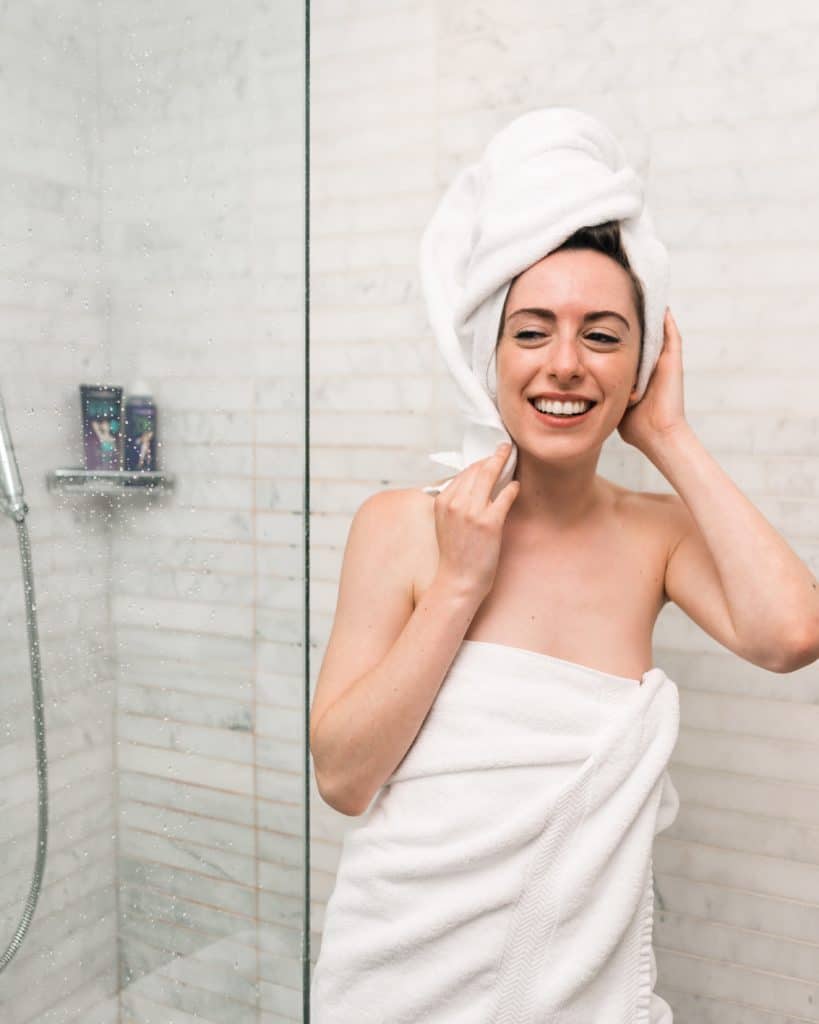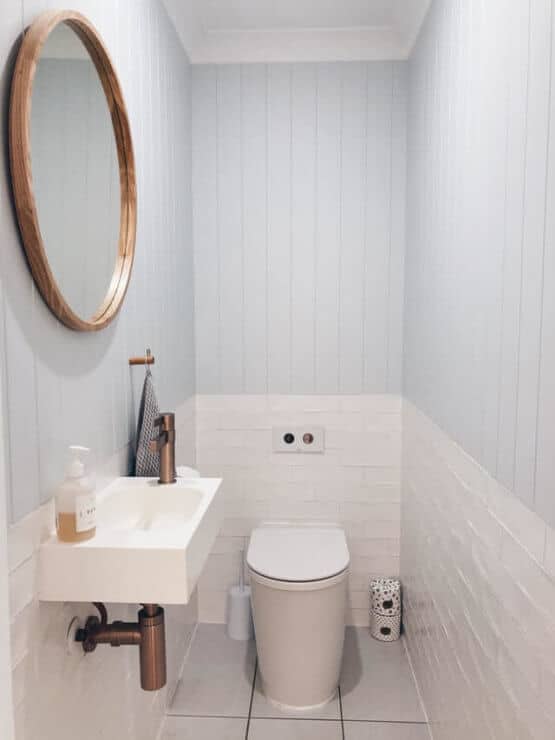A water trap is a must-have part of a waste pipe. It provides a type of water seal that prevents odors, insects, and harmful bacteria to enter your property. But how can you know which one do you have? A bottle trap vs P trap or maybe even an S trap?
Overall, traps are curved pipes located underneath plumbing applications. It doesn’t really matter where the plumbing is, whether it’s private properties, schools, or offices; All types of plumbing need waste traps!
The most popular type of waste trap in Europe is bottle trap, but where does it stand when it comes to the bottle trap vs P trap? What other types of waste traps are there? Here is everything you need to know!
Bottle Trap Vs P Trap & Other Types of Waste Traps
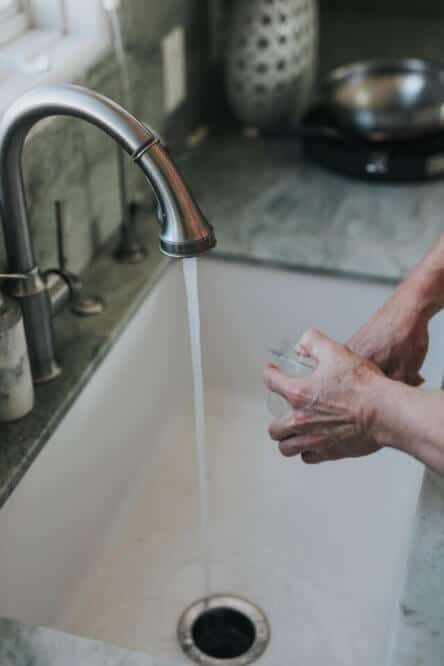
Before you learn the difference when it comes to the bottle trap vs P trap, it’s important you learn what other types of waste traps are there.
Overall, there are six types of waste traps.
- The bottle trap
- The P trap
- The S trap
- The shallow trap
- The shallow trap with a connector
- Special traps
There are also two types of waste traps for the pipes leading to your washing machine, and these are:
- The washing machine S trap
- The washing machine P trap
What Are Waste Pipes Used For?
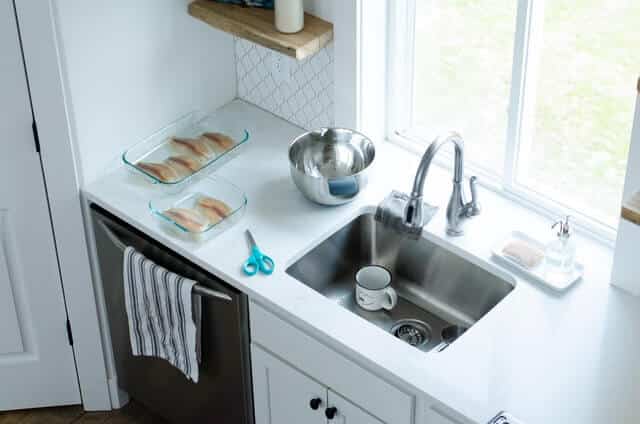
Whether they are made of stainless steel or PVC, all types of waste pipes have the same purpose. This includes:
- Trapping debris and preventing clogs
- Keeping jewelry or other minor items from going being lost
- Stopping sewer gases and bad odors from entering your home [1]
The Bottle Trap
The bottle trap is a sleek-looking waste type that became popular in compact, European bathrooms. It has the appearance of an upside-down bottle that leads into the pipes – hence its name.
This type of waste pipe needs to be fitted horizontally. Otherwise, it wouldn’t be efficient. But, how does a bottle trap work, anyway? It collects the waste on its bottom, allowing the much lighter water to continue running through the rest of the pipes.
When you want to clean the bottle trap, you need to unscrew the bottom and let the waste fall down.
The bottle trap is excellent for small bathrooms, as it doesn’t take up much space. Many old houses use this type of trap, as it can work great in areas where the space is limited. However, it can be a bit limited, as the flow isn’t the greatest, especially a few years after the installment.
The P Trap
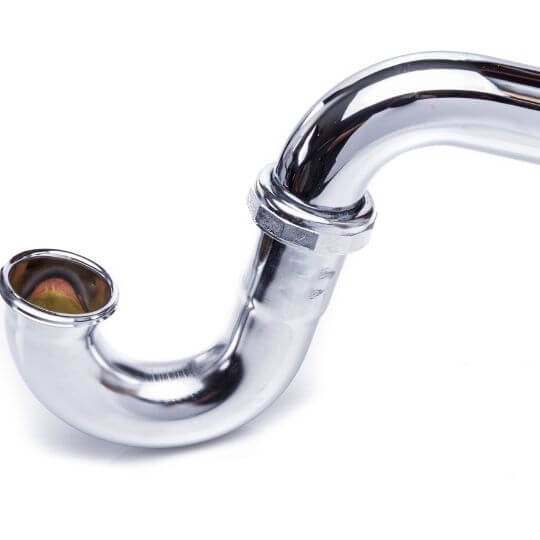
P traps are those U-shaped pipes you can see underneath the toilet sinks. If they are installed properly, they always contain a bit of water. They are modern solutions that work really well because they allow the best possible flow.
However, they are prone to debris accumulation, which can lead to clogs. Also, if you don’t use the said sink for a long period of time, the water inside the p trap can evaporate. This will allow the harmful sewer gasses to enter your home. Fortunately, you can resolve this issue by letting the water run for a little while.
The S Trap
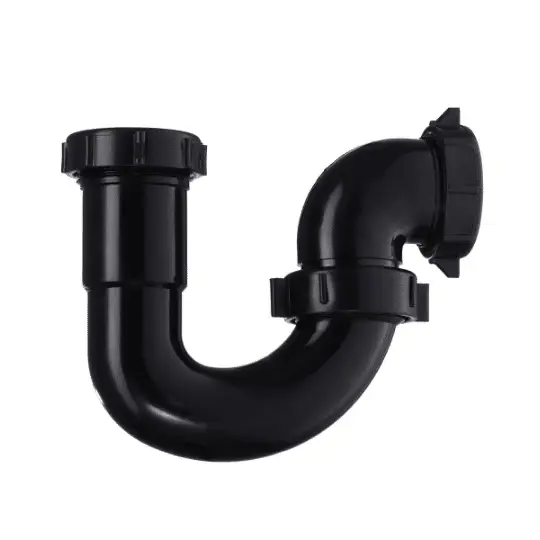
The S trap is shaped like the letter ‘S’ – quite logical. The S traps were used before P traps, back in the 1920s. Then, the P traps were designed to resolve some of the issues with the S traps. The most notable one is that the S trap tends to siphon away a lot of wastewater, which can leave the drain dry. Once this happens, the unwanted gasses can enter the home.
The Shallow Trap
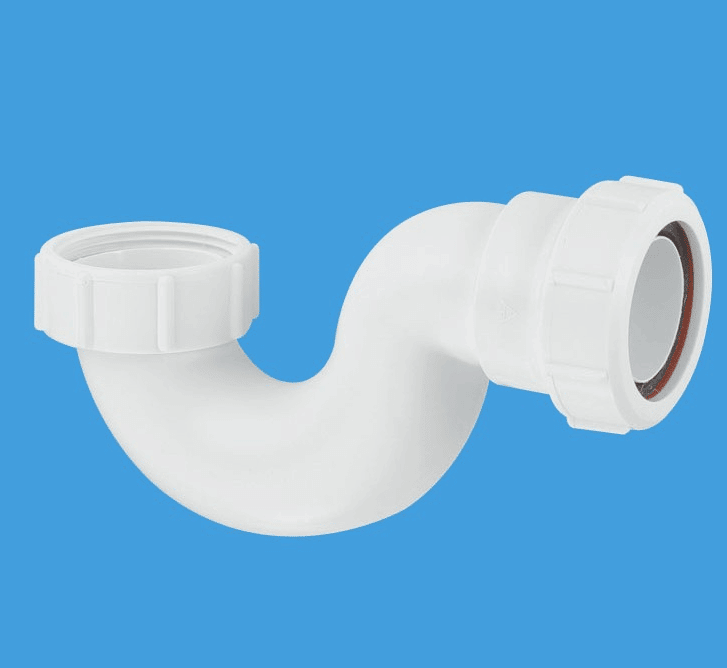
The shallow trap is usually used to fit baths and showers, especially if there is limited space available. They are shaped similarly to P traps, but they are much shallower, as there is rarely a need for a bathroom waste trap to be as deep as the one underneath the sink.
Keep in mind that the shallow traps are illegal in certain areas, as they don’t meet the water regulations. When this is the case, you might be required to install another deeper trap further along the pipe run.
The Shallow Trap with a Connector
The shallow traps with a connector look similar to regular shallow traps, but they come with a fitted blanking plug in the secondary inlet. This means you have to purchase a separate connector and fit it for the waste trap to accept the hose.
Just like shallow traps, these waste traps are illegal in some areas, and they might require the installation of a deeper trap further along the waste pipe.
Special Pipes
Special traps are used for certain applications where a normal waste trap wouldn’t be appropriate. This includes:
- Twin bowl sinks
- Washing machines
- Dishwashing machines
There are many kinds of special traps, but each comes with at least one additional inlet. This will reduce the plumbing connections and pipework.
Bottle Trap Vs P Trap – Comparison
Now that you know what the various types of waste traps are, it’s time to look at the most popular models – the bottle trap vs p trap.
These two types of waste traps can be found in most households, and chances are you’ve dealt with one of them at least once. They are used all across the world, despite both having some advantages and disadvantages. Let’s look at them.
Bottle Trap Vs P Trap – Similarities
As mentioned before, bottle traps and P traps have some similarities. These are:
- Both the bottle trap and the P trap have the same function. They prevent odors, help remove some debris, and help save your treasured possessions that go down the drain.
- They are installed underneath the sink, and you can reach them without having to open the wall – unless on special occasions and special types of sinks.
- Both are pretty effective.
Bottle Trap Vs P Trap – Differences
At the same time, the bottle trap isn’t the same as the P trap. There are plenty of things that set them apart. This includes:
- The bottle trap is suitable for small bathrooms, as it doesn’t take up much space. On the other hand, the P trap does require a lot of room, so it might not be the best in small areas.
- The bottle trap usually isn’t removable, and you clean it by removing the cap. On the other hand, if you want to clean the P trap, you have to remove it entirely and then clean it.
- Bottle traps can be significantly deeper than P traps.
- P traps have a much better flow than bottle traps, so they are less likely to clog and collect debris.
- Most importantly, bottle traps can be forbidden in certain areas, so always be sure to check the regulations.
Which One Is Better – A Bottle Trap or a P Trap?
There is an ongoing debate among professionals and homeowners alike, which one is better, a bottle trap or a P trap?
The ‘bottle trap vs P trap’ battle has been ongoing for years now, and there doesn’t seem to be a definite answer.
It’s clear that the bottle trap has one advantage that the P trap will never be able to follow, and that is its shortness. This waste trap takes almost no space at all! It is built to be an extension of the main drain pipe, and as such, is only deeper but not longer than a regular pipe would be if it didn’t have a waste trap.
When it comes to cleaning the sink trap, theoretically, the bottle-shaped one is easier to clean. You simply take a bucket, place it underneath the sink, unscrew the cap, and all the debris and gunk will fall out. However, this might not always work as planned, especially if there is a gunk deeper in the pipe. This might require specialized tools that will help you remove everything from inside the drain.
On the other hand, you can always remove a P trap once it gets clogged and rinse it out underneath some other sink. While the process seems like a lot of work at first, your opinion will likely change the first time you have to deep-clean a bottle trap.
Many plumbers prefer the P pipe because it does provide a better flow and, if installed properly, it’s less likely to clog and easier to clean. However, if the P trap isn’t bent at the right angle, it is, in fact, more prone to clogging than a bottle trap.
The Verdict
When it comes to the bottle trap vs P trap, it’s challenging to pick a winner. It all comes down to a person’s preferences. Some people don’t mind having to remove the P trap for every cleaning, while others can’t deal with the somewhat slower flow that bottle pipes offer.
One thing is an argument no one can defy, though. Bottle traps are illegal in some areas, as they don’t meet the standards. If this is the case in your country or state, then you should surely opt for a P pipe. [2]Otherwise, the choice is up to you.

Michael Davis is a heating & plumbing expert who currently works as independent contractor in SC. He also writes for Plumbertip.
For almost 10 years he worked on various plumbing tasks across South Carolina.

